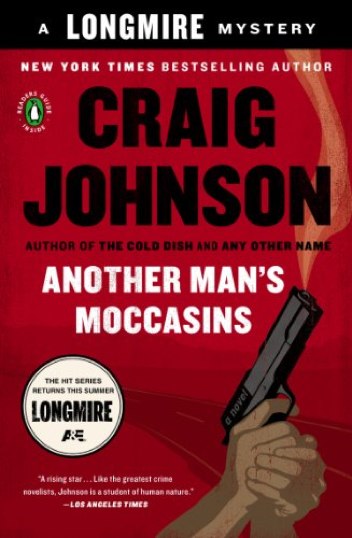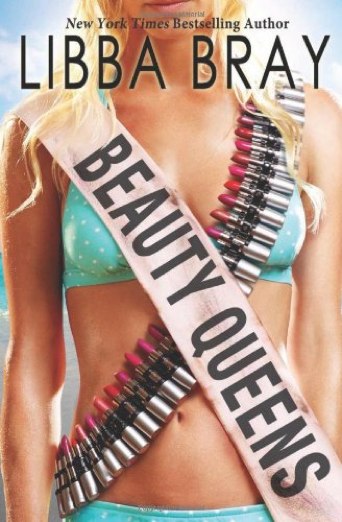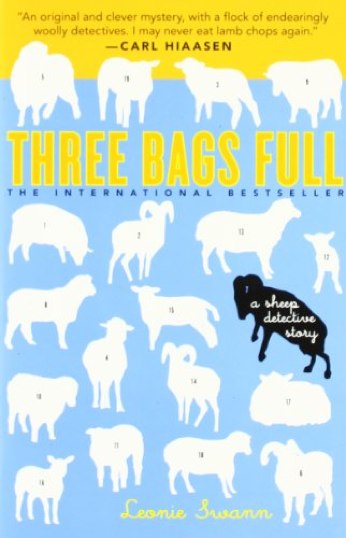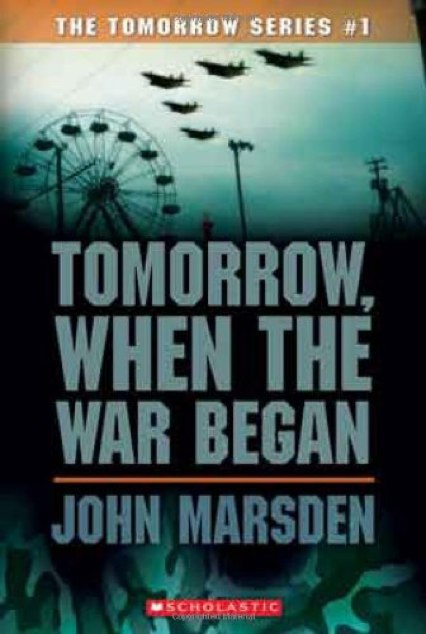The persistence of tumult in Ferguson, it seems to me, remains rooted in police tactics that do not seem to have been thought through. Some of the mistakes have been widely discussed, but others seem not to have been.
The wrong tool for the task. Different firearms are meant for different purposes. Most people don’t know a lot about guns and their uses, but we see a lot of guns in movies and on television, and so everyone has some theatrical sense of what different kinds of guns are saying.
A tripod-mounted machine gun, as shown in the famous photo, is meant to defend your WW1 trench from a legion of onrushing Huns. Onlookers see that you consider them to be onrushing Huns. (Update: a better-informed reader reports that this is actually a sniper’s rifle. The same story applies: what possible reason would Ferguson police have for a weapon intended to shoot someone at a range of, say, 800 yards?)
A rifle is meant to kill enemies at long range; onlookers see that you consider them to be enemies — all of them, even (especially) those hundreds of yards away.
Automatic weapons spread a lot of lead around. If you wave them about in the street (or in the airport – you saw this all the time right after 9/11), it can mean two things. Either (a) they are expecting to kill a lot of us, or (b) these clowns don’t know what they’re doing. Neither message helps protect citizens or property.
The wrong end of the tool. You see lots of police officers pointing guns in Ferguson. Everyone knows that you don’t want to point a gun at someone unless you intend to shoot them.
Weapons belong in holsters. That includes batons and mace. Shields belong back at the station.
The wrong task. In war, the safety of the troops you command is paramount. This is not war; it’s police work.
It’s hard to tell police officers that it’s their job to protect citizens and their property, and that in doing so they might be injured or killed. That is what leadership requires. It is hard and dangerous work to face bricks and bottles with empty hands, but that's the job you have.
It’s your job to protect the corner store. If things get scary, this isn’t war: you can run away.
If someone does shoot you, we’ll call an ambulance. If the ambulance can't get through — and only then — well, that’s why we have that armored car back in the garage.
The wrong clothes. The absurdity of desert camouflage in suburban Missouri is evident, but here, again, police are indulging a fantasy instead of doing their job. Their job right now in Ferguson is to protect citizens and property, and their problem is that there are only so many police officers. The police should be dressed to be most visible, most recognizable, and most approachable. They should not be dressed for a fight. Full dress uniform might be a good idea — not least because it's costly and hard to clean.
Unless absolutely required for the job at hand, face masks should be forbidden. You want people to see you (and you want the press to depict you) as a person, a potential ally. Dress as you would, in short, if you were going to visit Mrs. Lydon’s kindergarten classroom.
The wrong onlookers. I’d love to see Barack Obama march tonight in the streets of Ferguson. It would be dangerous, but it could be a historic crossroads for the nation.
Barring that, I’d love to see a dozen Democratic members of the House and Senate march tonight, along with Hank Aaron and Billy Williams and Ernie Banks and Bob Gibson. Worried about security? Give Gibson a baseball, just as a precaution.






